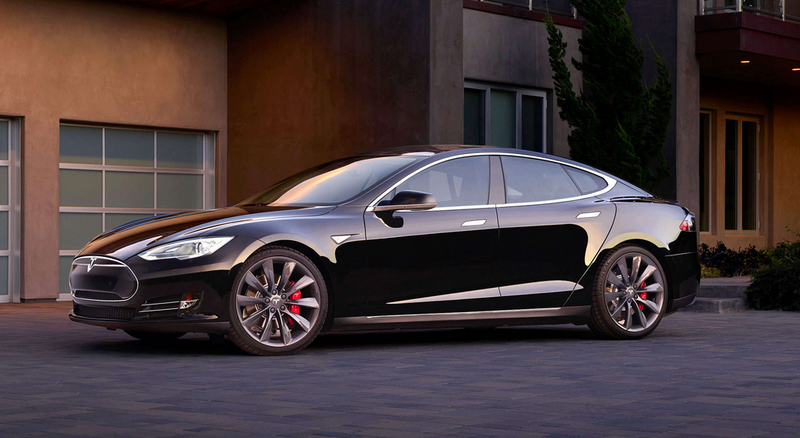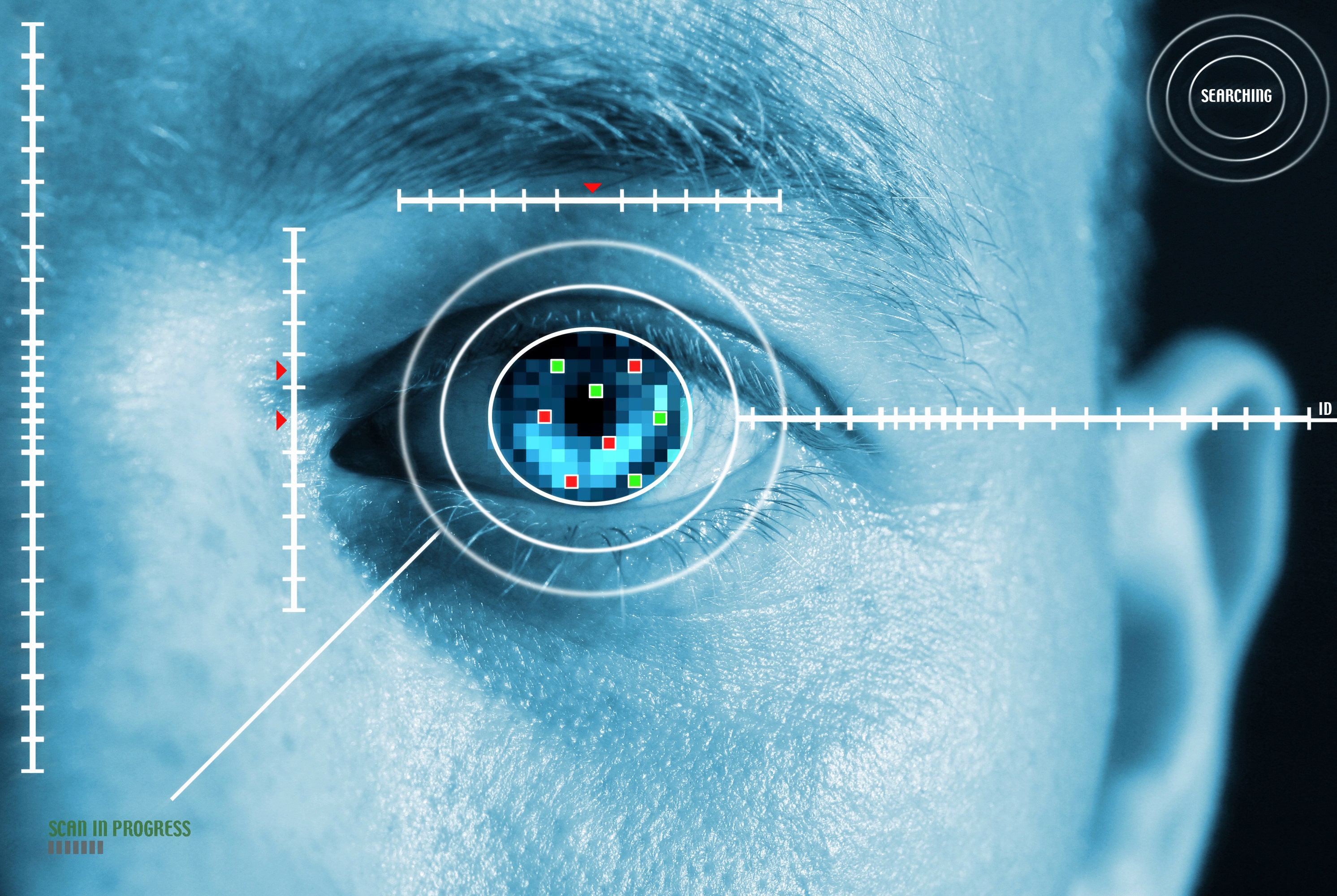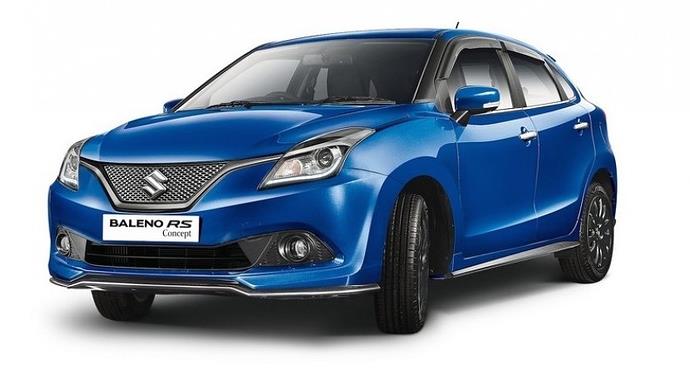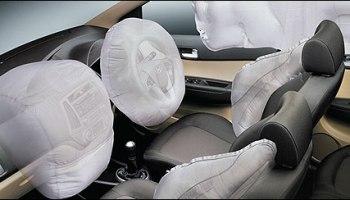Turbo-charger is a turbine-driven forced induction device that increases an internal combustion engine's efficiency and power output by forcing extra air into the combustion chamber.
The difference between a turbocharger and a conventional supercharger is that a supercharger is mechanically driven by the engine, often through a belt connected to the crankshaft, whereas a turbocharger is powered by a turbine driven by the engine's exhaust gas.
In aircraft engines, turbocharging is commonly used to maintain manifold pressure as altitude increases.Since atmospheric pressure reduces as the aircraft climbs, power drops as a function of altitude in normally aspirated engines. Systems that use a turbocharger to maintain an engine's sea-level power output are called turbo-normalized systems. Generally, a turbo-normalized system attempts to maintain a manifold pressure of 29.5 inches of mercury (100 kPa).
The turbocharger has three main components:
The difference between a turbocharger and a conventional supercharger is that a supercharger is mechanically driven by the engine, often through a belt connected to the crankshaft, whereas a turbocharger is powered by a turbine driven by the engine's exhaust gas.
The above is the Typical outline of the working of Turbo-charger.
The turbocharger has three main components:
- The turbine, which is almost always a radial inflow turbine (but is almost always a single-stage axial inflow turbine in large Diesel engines)
- The compressor, which is almost always a centrifugal compressor
- The center housing/hub rotating assembly.
(src: wikipedia)





